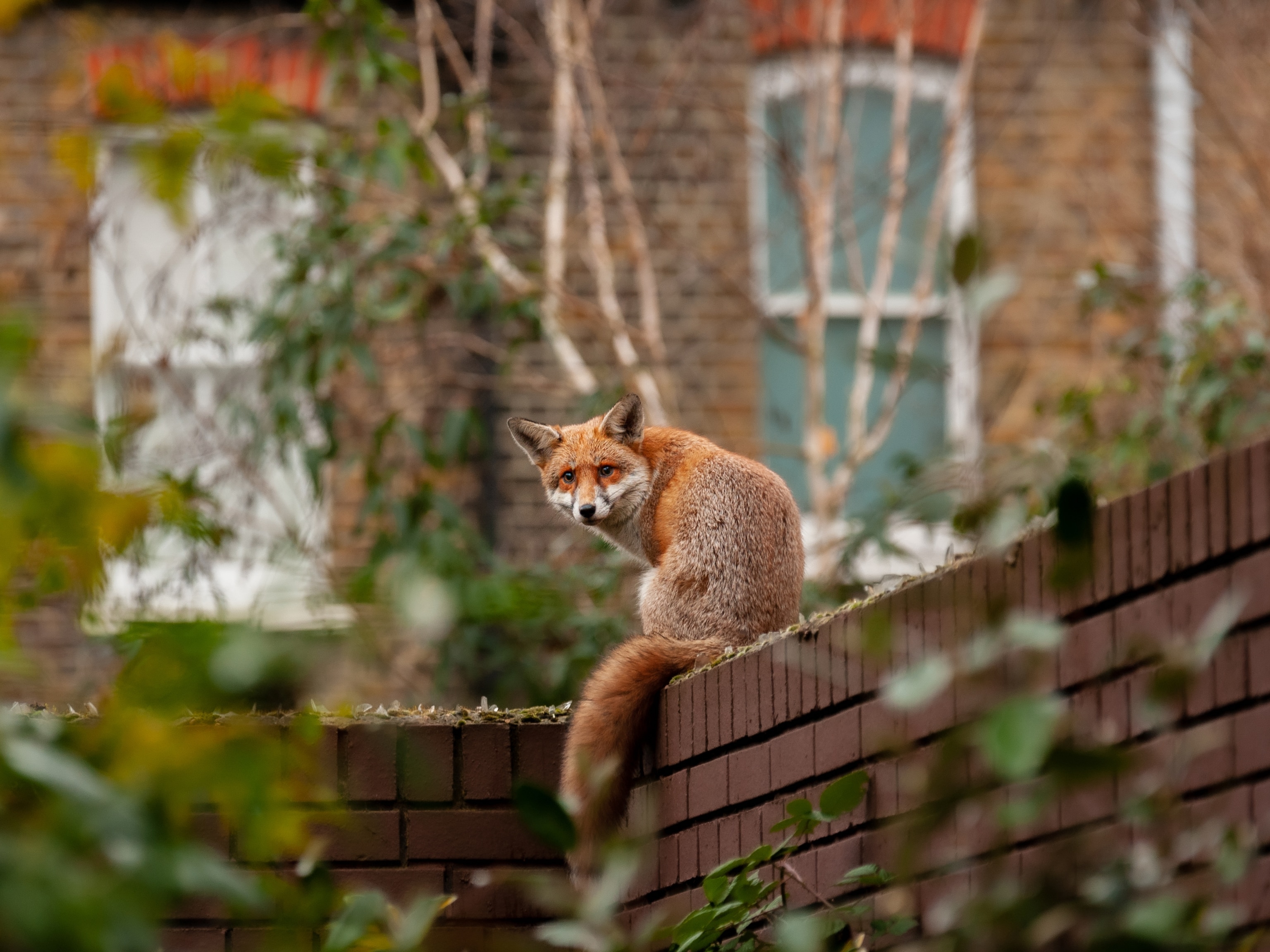
Urban
Urban habitats are uniquely human with unique human challenges.
Cities have existed for thousands of years and can be traced back to the river valley civilizations of Mesopotamia (present-day Iraq), Egypt, India, and China. At first, these settlements depended largely on agriculture and domestic cattle, but as they grew in size they became centers for merchants and traders.
Urban growth, also known as urbanization, accelerated dramatically with the advent of industrialization some 200 years ago. At that time, large numbers of people moved to cities in search of jobs, mostly in factories. But the most rapid growth has taken place over the past 50 years. While less than one-third of the world's population lived in cities in 1950, about two thirds of humanity is expected to live in urban areas by 2030. Most of that urbanization is taking place in Asia, Africa, and Latin America.
What does it mean to be urban?
Urban is defined as "that which is characteristic of a city." But what exactly is a city? In the past, walls may have defined a city. But today's city boundaries are often blurred. Are suburbs, which are often called metropolitan areas, part of cities? Depending on the boundaries used, Tokyo can have a population of anywhere between 8 and 40 million people.
Cities make a lot of sense for humans. People are concentrated in a small space rather than being spread out over a large territory. This allows the government and others to provide services such as water, electricity, and transportation to a larger number of people. Schools and shops are more easily accessible than in rural areas.
Cities have always been at the center of economic growth and technological advances. The promise of jobs and prosperity pulls people to cities. But their rapid growth has also brought with it many negative things: violence, poverty, overcrowding, health problems, and pollution. Many cities in developing countries in particular are growing too rapidly for their own good, with many residents unable to find jobs and forced to live in slums.
Urban expansion is also encroaching on wildlife habitats everywhere. Increasingly people live and work in close proximity to wild animals whose native habitats have been lost or broken up. Many animals—from mice and cockroaches to pigeons and squirrels—have adapted to city life, taking advantage of abundant food and warmer temperatures.

















